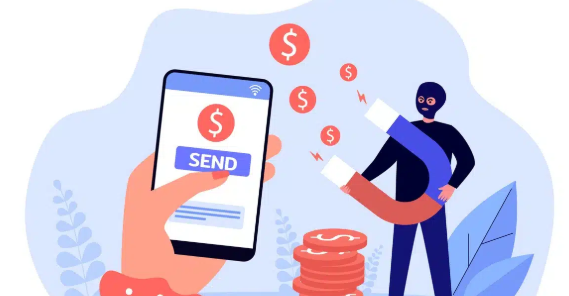The Scoop from the Yahoo Report
According to a recent Yahoo News article (August 30, 2025), the FBI, together with cybersecurity experts, is sounding the alarm about a cunning three-phase scam that has been circulating since 2024. This elaborate fraud scheme has already defrauded victims—primarily individuals aged 60 and above—of more than $1 billion Yahoo.
Though the article didn’t outline each phase in granular detail, the implication is clear: this is neither a one-off phishing attempt nor a simple phone scam, but a calculated multi-step operation with devastating reach.
Why It’s Especially Dangerous
-
Targeting the Vulnerable: With most victims over 60, it’s a stark reminder that seniors remain prime targets for financial scams.
-
Huge Financial Impact: Scams since 2024 have resulted in massive losses, totaling in the billions—a stark indicator of how widespread and effective these scammers have become Yahoo.
-
Multi-Phase Deception: By leveraging multiple stages of engagement, criminals can build credibility, then strike when trust is highest.
Broader Landscape of Scam Tactics (Adding Context)
The FBI and other cybersecurity outlets have recently spotlighted a litany of related scams, reinforcing how diverse and insidious modern fraud is:
-
Smishing and Vishing via AI and Impersonation: Scammers pose as government officials, using AI-generated voice messages or texts to extract credentials and personal info. Since April 2025, these schemes have increasingly targeted high-ranking officials and their contacts Tom’s Guide.
-
AI-Based Deepfakes on the Rise: Fraudsters are using AI to clone voices and faces—creating near-perfect impersonations of trusted individuals. The influx of such scam types has surged by 148% in 2025, with victims ranging from everyday individuals to corporate executives. In one case, a CFO was impersonated to authorize a $25 million transfer TechRadar.
-
Smishing Text Attacks: Futile notification texts (e.g., unpaid tolls or delivery updates) disappearing into a broader smishing scheme have targeted both iPhone and Android users. With over 10,000 domains used, these messages are designed to dupe recipients into clicking malicious links. Cities like Orlando (not far from your area in Florida), Dallas, and Los Angeles have seen a dramatic uptick in incidents New York Post.
What You Can Do to Stay Safe
-
Recognize the Signs
-
Any communication demanding urgent action—pressuring you to “act now”—is a major red flag New York Post.
-
Be especially alert to messages appearing in group texts or that encourage clicking or scanning unfamiliar links New York Post.
-
-
Verify, Don’t React
-
Hang up or don’t click. Instead, authenticate the number or message through a known and trusted source. Slow down. Pause—even 9 seconds can break the momentum of AI-generated urgency TechRadar.
-
-
Guard Your Digital Identity
-
Set up multi-factor authentication (MFA) or passkeys wherever possible Tom’s GuideTechRadar.
-
Never share authentication codes—especially not via email, text, or messaging apps. Create a secret family code to verify identities in emergencies Tom’s Guide.
-
-
Report Suspected Scams
-
Notify authorities, such as via IC3.gov, if you believe you’re being targeted Tom’s Guide.
-
In Summary
The FBI’s three-phase scam warning serves as a chilling reminder: scammers are growing more sophisticated—and your risk is real, especially if you’re older or less familiar with digital defenses.
Staying informed, exercising caution, and taking simple preventive steps like verifying and slowing down can make all the difference.
Need Help Staying Secure?
At Klos, we take cybersecurity seriously. Our team helps protect businesses like yours from scams, breaches, and data loss with proactive monitoring and expert IT support.
👉 Contact us today to learn how we can help keep your business safe.
